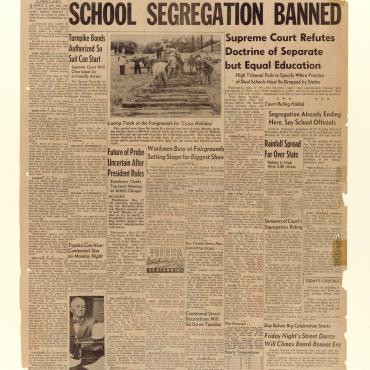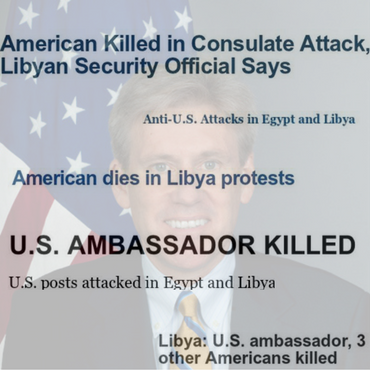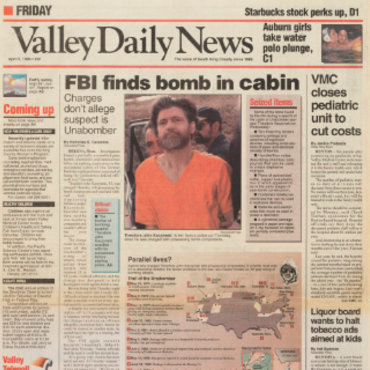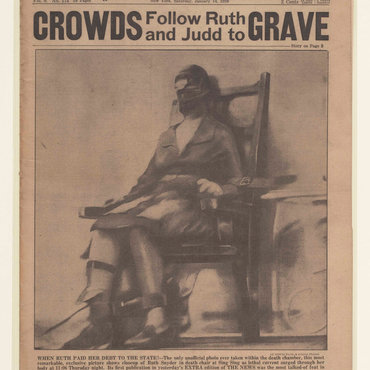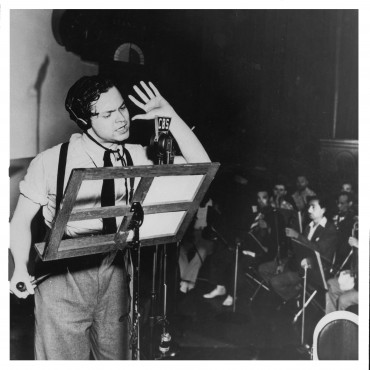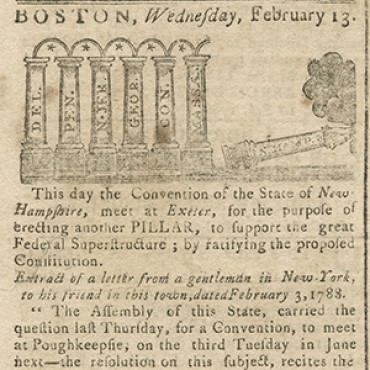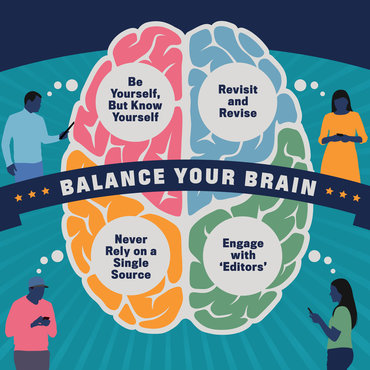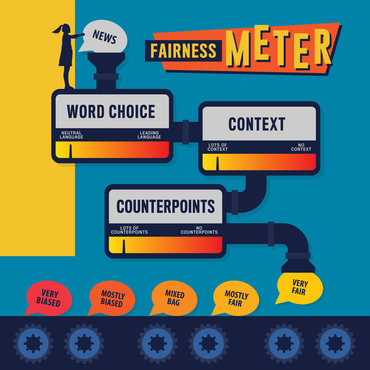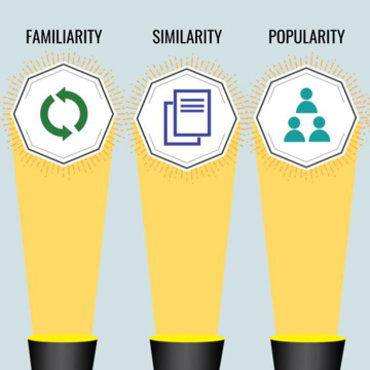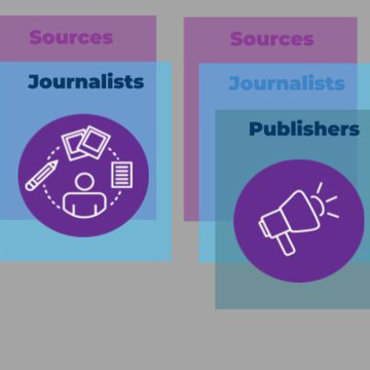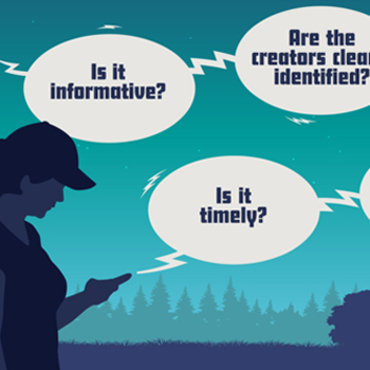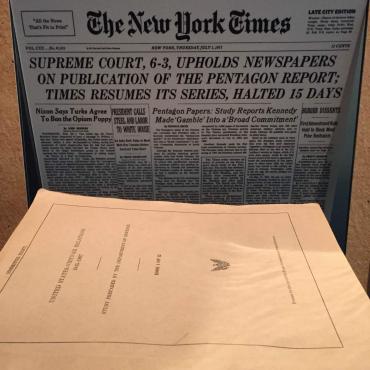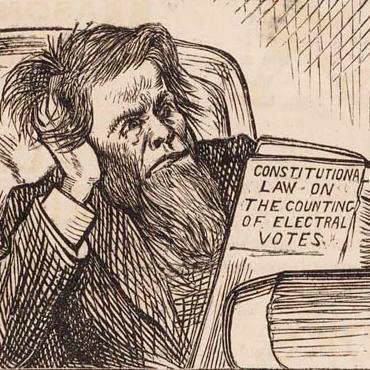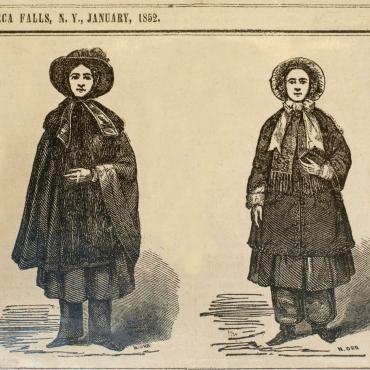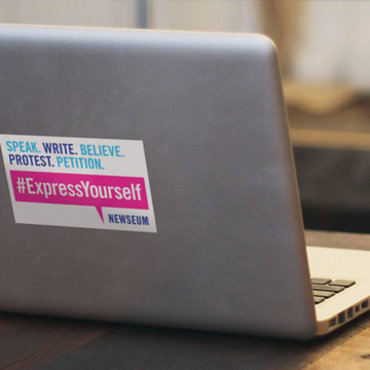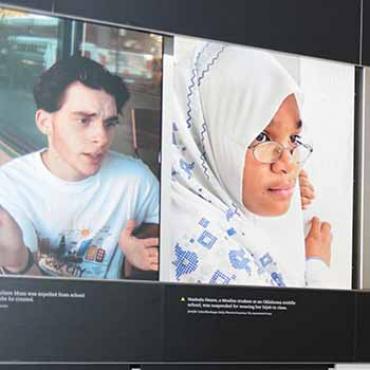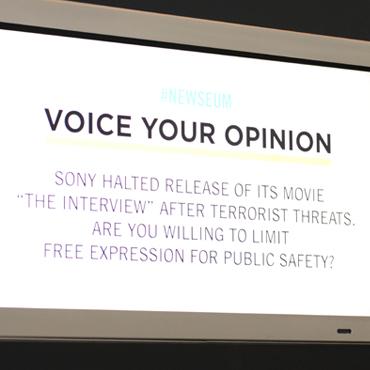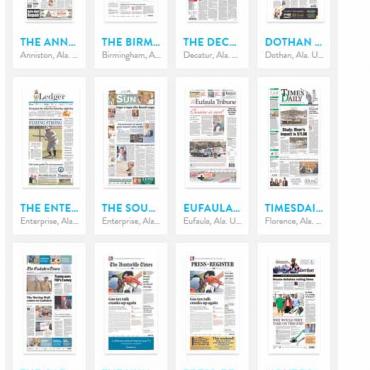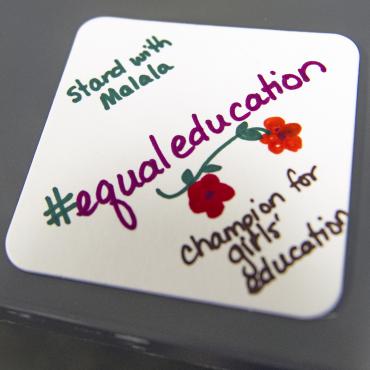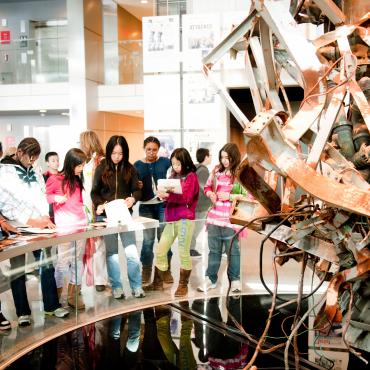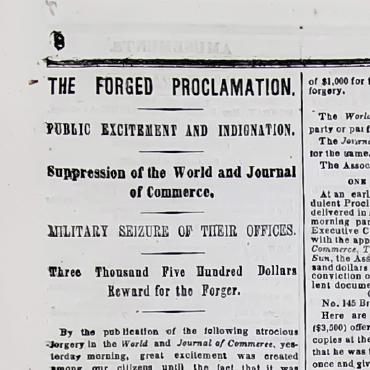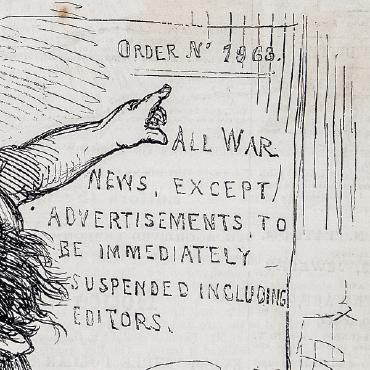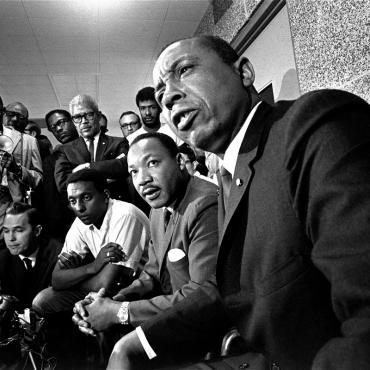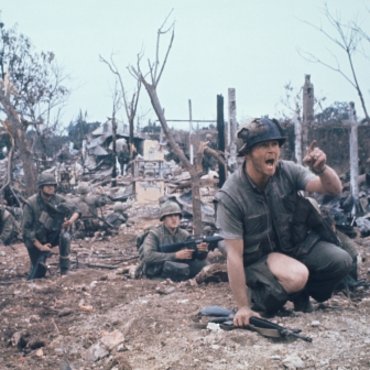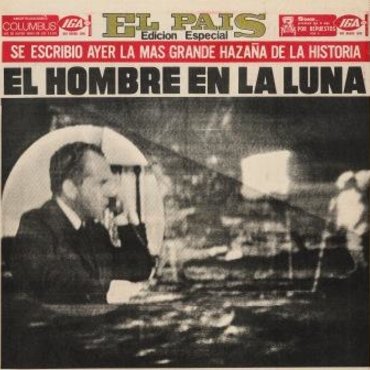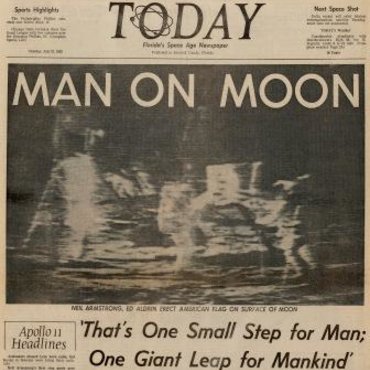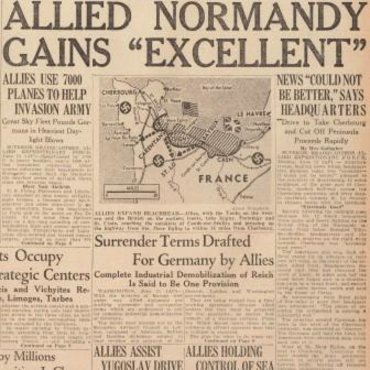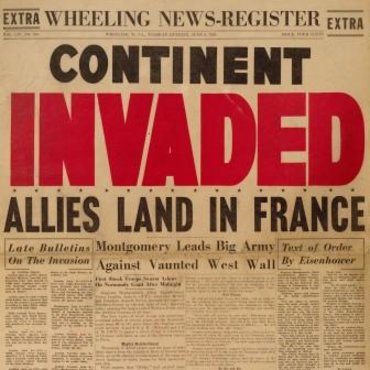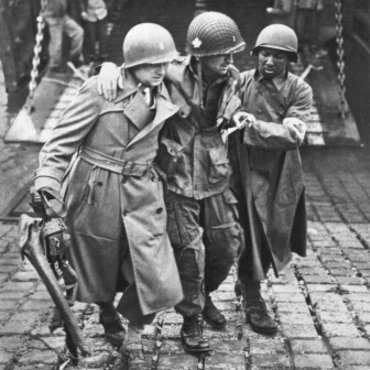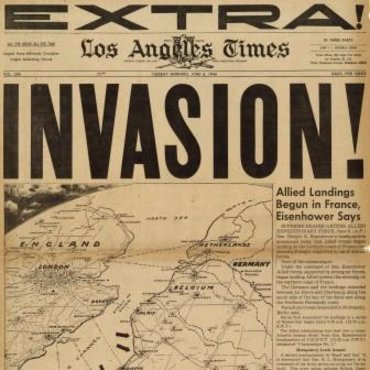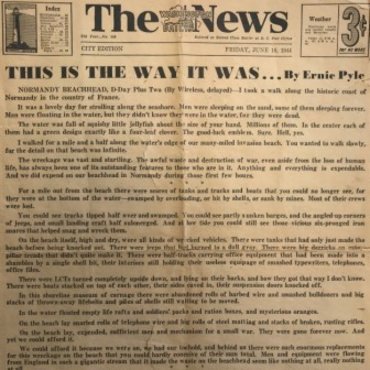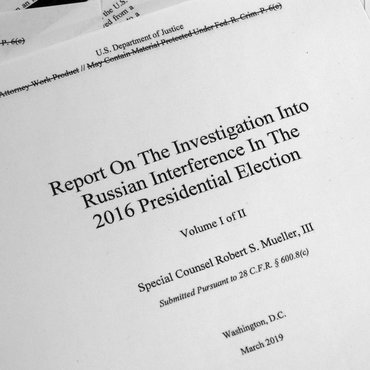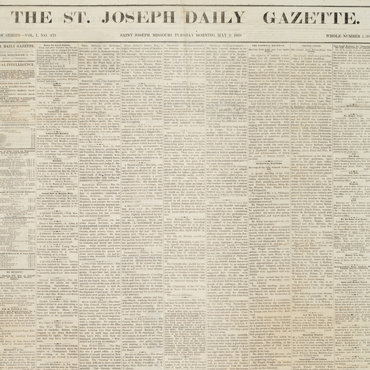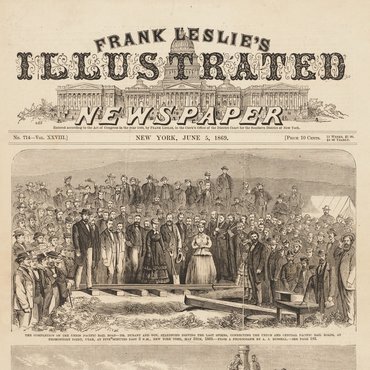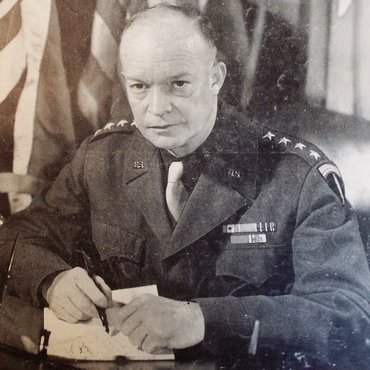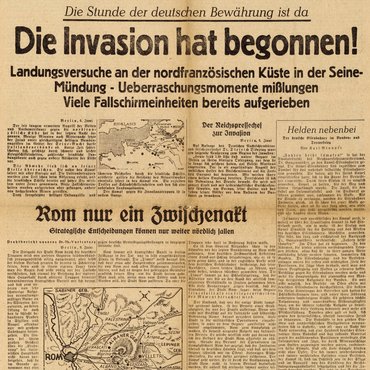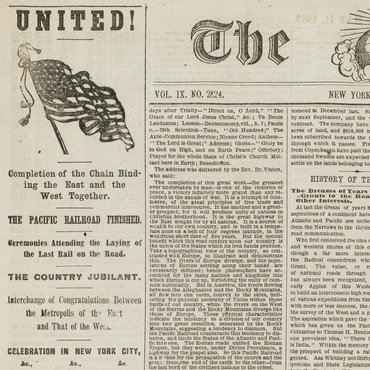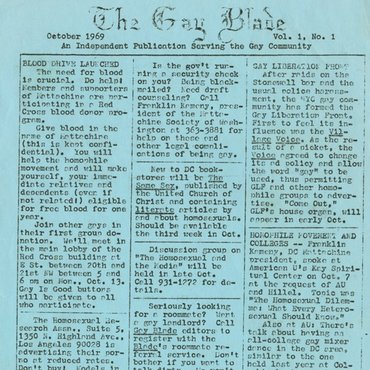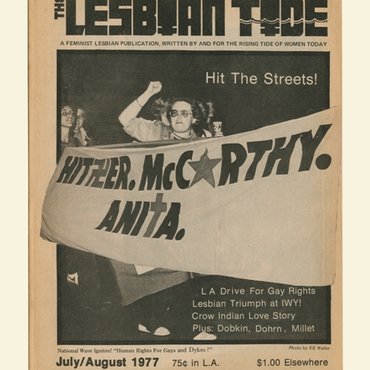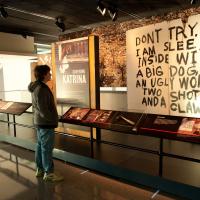
Covering a Catastrophe: Planning for the Unpredictable
From the perspective of journalists, students prepare a plan of action for responding to possible traumatic events.
Get even more great free content!
This content contains copyrighted material that requires a free NewseumED account.
Registration is fast, easy, and comes with 100% free access to our vast collection of videos, artifacts, interactive content, and more.
NewseumED is provided as a free educational resource and contains copyrighted material. Registration is required for full access. Signing up is simple and free.
With a free NewseumED account, you can:
- Watch timely and informative videos
- Access expertly crafted lesson plans
- Download an array of classroom resources
- and much more!
- Journalism
- 9-12
- Tell students: Covering a disaster poses multiple challenges for reporters – physical, emotional, logistical, getting access to information, etc. Working in teams, they’ll create plans for how a media outlet should respond to a catastrophe.
- Divide students into four groups and assign each group a type of news outlet (examples: TV station, local news blog, newspaper, etc.).
- Each group will use the Planning for the Unpredictable worksheet to build a plan for how their news outlet would respond to a disaster.
- Planning for the Unpredictable worksheet (download), one per student
After groups have completed their plans, have them share them with the class. Discuss the plans and the process of creating them. Prompts:
- Which part of the plan was the easiest to decide? Which was the most difficult? Why?
- Would this plan work for all types of disasters? If yes, why? If not, which ones might require different plans, and why?
- How effective do you think these plans would be when responding to a real disaster?
- Which policies would work? Which might have to be changed?
- How comprehensive is this plan? Is it missing any key issues?
- How much more detailed would you have to make your plan to make it work in real life?
- Do the plans vary among the different types of news outlets?
- How flexible is your plan?
- Imagine you were making a disaster response plan for yourself and your family. How would it be the same as and different from this plan?
-
National Center for History in the Schools: NCHS.US History.Era 10
Standard 1: Recent developments in foreign policy and domestic politics Standard 2: Economic, social, and cultural developments in contemporary United States
-
National Council of Teachers of English: NCTE.12
Students use spoken, written, and visual language to accomplish their own purposes (e.g., for learning, enjoyment, persuasion, and the exchange of information).
